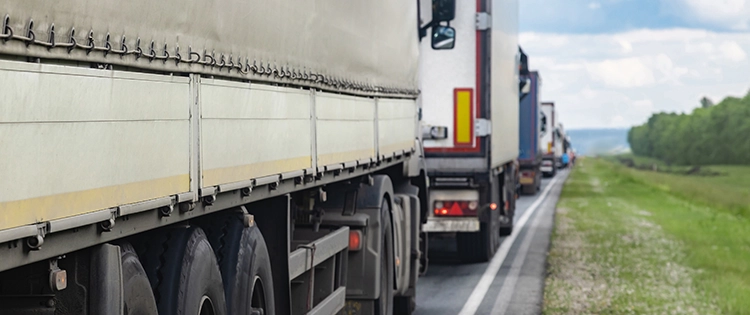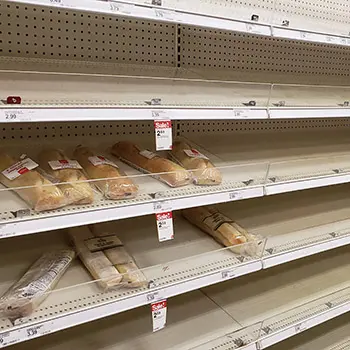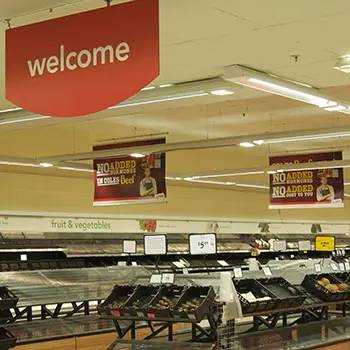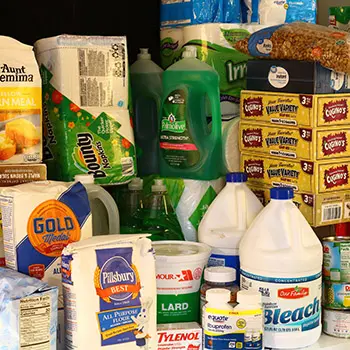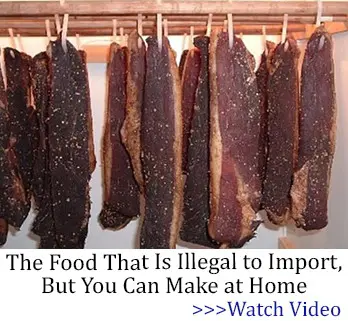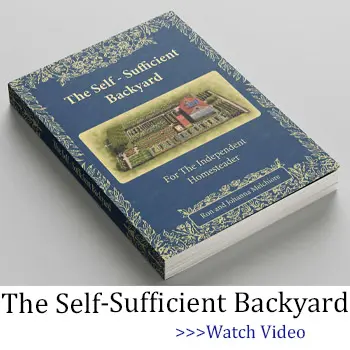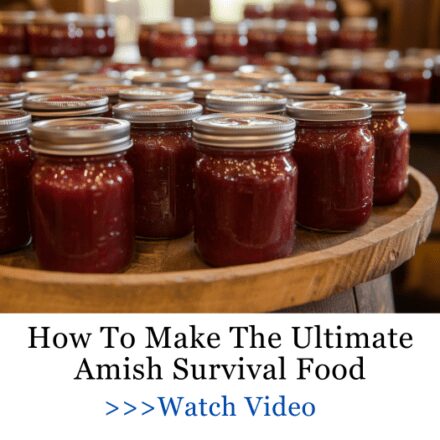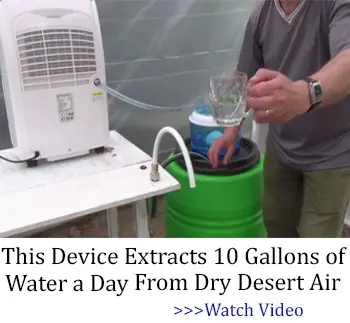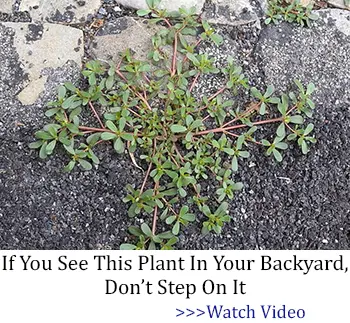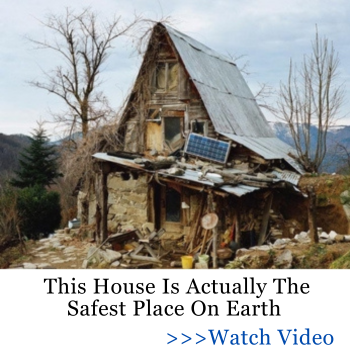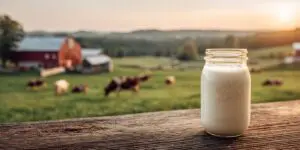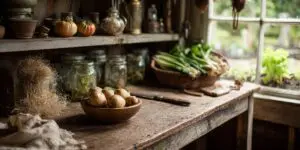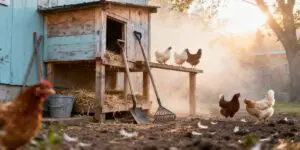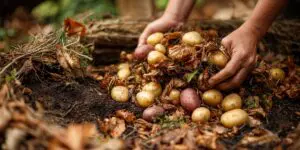Supply chains cracking.
Inflation’s soaring.
Now, panic’s setting in.
Lately, the signs of strain are hard to ignore. I remember the day I first realized how vulnerable this system really is. It was during a particularly nasty winter storm a few years back. The roads were impassable for days, and suddenly, those weekly trips to the feed store weren’t an option.
That’s when it hit me: even the most self-reliant among us are still tied to this complex web of suppliers, manufacturers, and distributors. Today, we’ll explore the subtle (and not-so-subtle) signs of supply chain stress. No fear-mongering here, just facts and actionable insights to boost your resilience.
Understanding the Supply Chain
When I first started homesteading, I thought I’d left the complexities of the “outside world” behind.
Boy, was I wrong. It didn’t take long to realize that even out here, we’re part of a vast, intricate network called the supply chain. So what exactly is this supply chain? In simple terms, it’as the journey a product takes from creation to consumption.
But for us homesteaders, it’s more than that. It’s the lifeline that connects our self-sufficient efforts to the resources we can’t produce ourselves.
Let me paint you a picture. Remember that heirloom tomato you grew last summer? That’s part of your personal supply chain. But what about the seeds you planted? The fertilizer you used? The canning jars for preserving?
Unless you’re making those from scratch (and if you are, I tip my hat to you), you’re tapping into the broader supply chain.
Related: 10 Expired Foods That Will Help You Outlive A Crisis
Hidden Risks of Global Supply Chains
Relying on global supply chains presents significant challenges. One major issue is the vulnerability it creates to global events; a crisis occurring halfway around the world can result in empty store shelves in our own communities.
This dependence also leads to a decline in local resilience, as reduced local production causes a loss of the skills and infrastructure needed to produce goods locally. Additionally, the environmental impact is substantial, with long-distance shipping contributing heavily to carbon emissions. Lastly, economic fragility is evident; when these supply chains break, it can severely impact local economies.
Here’s a quick breakdown of how the global supply chain impacts different aspects of homesteading:
| Homesteading Activity | Global Supply Chain Dependency |
|---|---|
| Gardening | Seeds, tools, fertilizers |
| Animal Husbandry | Feed, veterinary supplies |
| Food Preservation | Canning supplies, equipment |
| Energy Production | Solar panels, batteries |
| Construction | Building materials, tools |
Understanding these connections is the first step in preparing for potential disruptions.
Warning Signs of a Collapsing Supply Chain
Over the years, I’ve developed a keen eye for spotting trouble on the horizon. It’s not about being paranoid; it’s about being prepared. Here are the key indicators I’ve learned to watch for:
Economic Indicators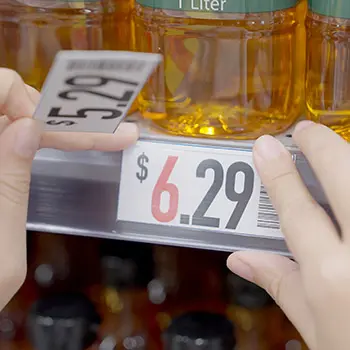
I remember the day I realized inflation was spiraling out of control. I was at the local farm supply store, and the price of chicken feed had jumped 30% overnight. That’s when alarm bells started ringing in my head.
When inflation rates rise rapidly, like a squirrel darting up a tree, it’s a signal to start paying close attention. Rapid inflation can wreak havoc on the entire supply chain.
Similarly, stock market volatility often indicates trouble ahead; while I’m no Wall Street expert, a fluctuating market can lead to disruptions. Additionally, currency devaluation impacts everything from fuel costs to the prices of imported goods. I’ve had to adjust my homestead budget more than once to accommodate these changes.
Geopolitical Factors
Living off the land doesn’t mean you can ignore what’s happening in the wider world. I learned that lesson the hard way.
Trade wars and tariffs can have far-reaching effects, even for those not directly involved. For instance, the soybean tariffs from a few years ago caused a significant ripple effect, impacting local economies across various sectors.
Political instability also plays a role; unrest in oil-producing countries can cause fuel prices to skyrocket, driving up the costs of everything from delivery services to plastic goods. And, of course, pandemics like COVID-19 have demonstrated just how fragile our global supply chains truly are, exposing vulnerabilities that affect us all.
Related: What You Should Stockpile For The Next Great Depression
Supply Chain Disruptions
For homesteaders, there are a few signs that hit close to home. Shortages of essential goods are a clear indicator—when canning lids or livestock medications become scarce, it’s a warning sign.
Rising shipping costs also make a noticeable impact, affecting both online orders and prices at local stores. And nothing feels quite as unsettling as walking into a store and finding empty shelves where essentials should be.
Consumer Behavior Changes
Often, the most revealing signs come from watching our neighbors and local community. Panic buying, like when people fill their carts with more toilet paper than they could ever use, signals brewing trouble.
Hoarding is another indicator; while it’s smart to be prepared, when folks start stockpiling excessively, it’s usually a red flag. A drop in consumer confidence is also telling—when people begin to cut back on spending, it can point to larger economic concerns.
The Impact of a Collapsing Supply Chain on Homesteaders
Let me tell you, when the supply chain starts to crumble, we homesteaders feel it acutely. Here’s the impact that has on us:
Food Shortages and Price Increases
I’ll never forget the summer of 2021. A combination of drought, transportation issues, and panic buying led to some serious food shortages in our area.
Even as a homesteader with a well-stocked pantry and a productive garden, I felt the pinch.
Rising feed costs forced me to get creative with foraging and alternative feed sources to keep my livestock healthy without breaking the bank. At the same time, seed scarcity became a real issue as more people started gardening, which taught me the importance of saving seeds for the future.
Difficulty Accessing Essential Supplies
It’s not just about food. A collapsing supply chain impacts every aspect of homestead life.
When my trusty chainsaw broke down, finding replacement parts became a nightmare due to shipping delays and shortages, forcing me to hand-saw logs for weeks. At the same time, veterinary supplies grew scarce, so I had to rely on natural remedies and preventative care to keep my animals healthy.
Dependence on Local Resources and Community Support
In times of crisis, I’ve found that turning to local resources and strengthening community ties becomes crucial.
As dairy products became scarce at the store, bartering took off—I traded my excess eggs for a neighbor’s homemade cheese. Farmers’ markets and CSAs also became essential, linking us directly to local producers and strengthening our local food systems.
Preparing for Supply Chain Disruptions
They say, “Failing to prepare is preparing to fail.”
So here’s how you can bolster your homestead’s resilience for the coming rough times:
Diversify Food Sources
I can’t stress this enough: don’t put all your eggs in one basket—literally or figuratively.
I’ve experimented with new crops like quinoa and amaranth, which are nutritious and less common, reducing competition if shortages occur. I’ve also embraced foraging, learning to identify edible plants in our area. For instance, dandelion greens aren’t just for salads—they can make a fantastic pesto!
Stockpile Essential Supplies
While I’m not advocating for hoarding, having a well-stocked homestead has saved my bacon more than once.
I keep a rotating stock of non-perishable foods such as canned goods, dried beans, and grains. Additionally, I ensure that both human and veterinary medicines are stocked, including natural remedies for emergencies.
Develop Essential Skills
Knowledge is the one thing that can’t be taken from you. I’ve made it a point to continually learn and practice crucial skills.
For food preservation, I rely on canning, dehydrating, and fermenting, with my root cellar being a key asset. When it comes to repair and maintenance, I’ve become skilled at fixing a variety of equipment, from tractors to solar panels.
Now, you might be wondering, “What should I do next?” Well, I’ll tell you what I tell every aspiring homesteader who comes to me for advice:
Start where you are. Use what you have. Do what you can. Maybe for you, that means planting a small garden or learning to can vegetables.
Perhaps it’s taking a first aid course or reaching out to your neighbors to start a community resilience group. Whatever it is, take that first step.
So, are you prepared for potential supply chain disruptions?
How to Looter Proof Your Stockpile
The Herbs You Need to Keep Close During Dark Times (Video)
10 Items You Should Stockpile Before The Next Great Depression

